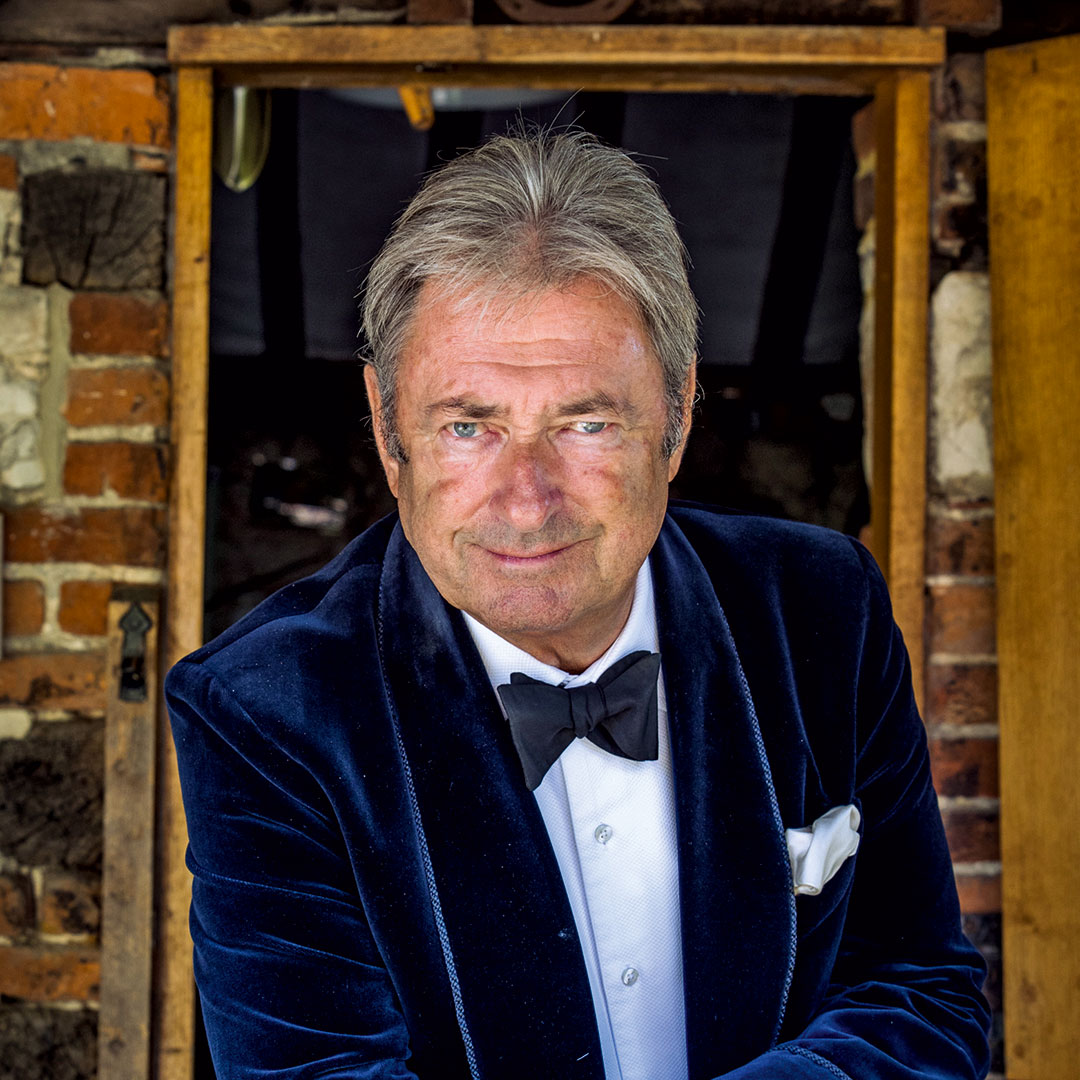All the King's gardens, by Alan Titchmarsh
Alan Titchmarsh considers the new monarch’s extraordinary contribution to British gardening, which is always underpinned by organic methods and a strong belief in husbandry and stewardship.


[This article appears in the special coronation commemorative Country Life issue of 26 April, 2023 — see what else is inside, and find out how to order a copy.]
Over the past century, our Kings and Queens have made their own mark on British gardens and gardening. Queen Mary, consort of George V, took great delight in pulling ivy away from tree trunks when she stayed at Badminton House in Gloucestershire during the Second World War. George VI was keen on rhododendrons, working with Sir Eric Savill to develop the Savill Garden in Windsor Great Park and Sir Geoffrey Jellicoe to design a series of garden rooms at Sandringham in Norfolk. His widow, Queen Elizabeth, created her own sanctuary, after the King’s death, at the Castle of Mey in Caithness and closer to home at Royal Lodge in the Great Park, where she spent her weekends.
Elizabeth II and the Duke of Edinburgh left their own stamp on the gardens at Windsor Castle where, as Prince Philip informed me, he ‘redesigned the East Terrace, including the fountain in the middle’, and supervised the laying out of a ‘sitting-out garden’ beneath the terrace walls. At Balmoral, he ‘redesigned almost the entire garden, except for the formal rose beds directly west of the castle’.
All these endeavours contributed to the personal enjoyment of the sovereigns and their consorts, but they also emphasised the importance of gardens and gardening, regardless of rank and stature. Gardening has always been a great leveller and, whether the participant lives in a castle with thousands of acres or in rented accommodation with a nearby allotment, growing plants to enrich our lives both mentally and physically and, in so doing, benefiting the natural world is undeniably life-enhancing.
A century on from Queen Mary’s active, yet rather limited participation, we find ourselves with a new monarch whose influence on gardens, horticulture, conservation, sustainability, organic growing, rural craftsmanship, art and design is far and away the most comprehensive contribution to British gardening by a sovereign that this country has ever experienced.
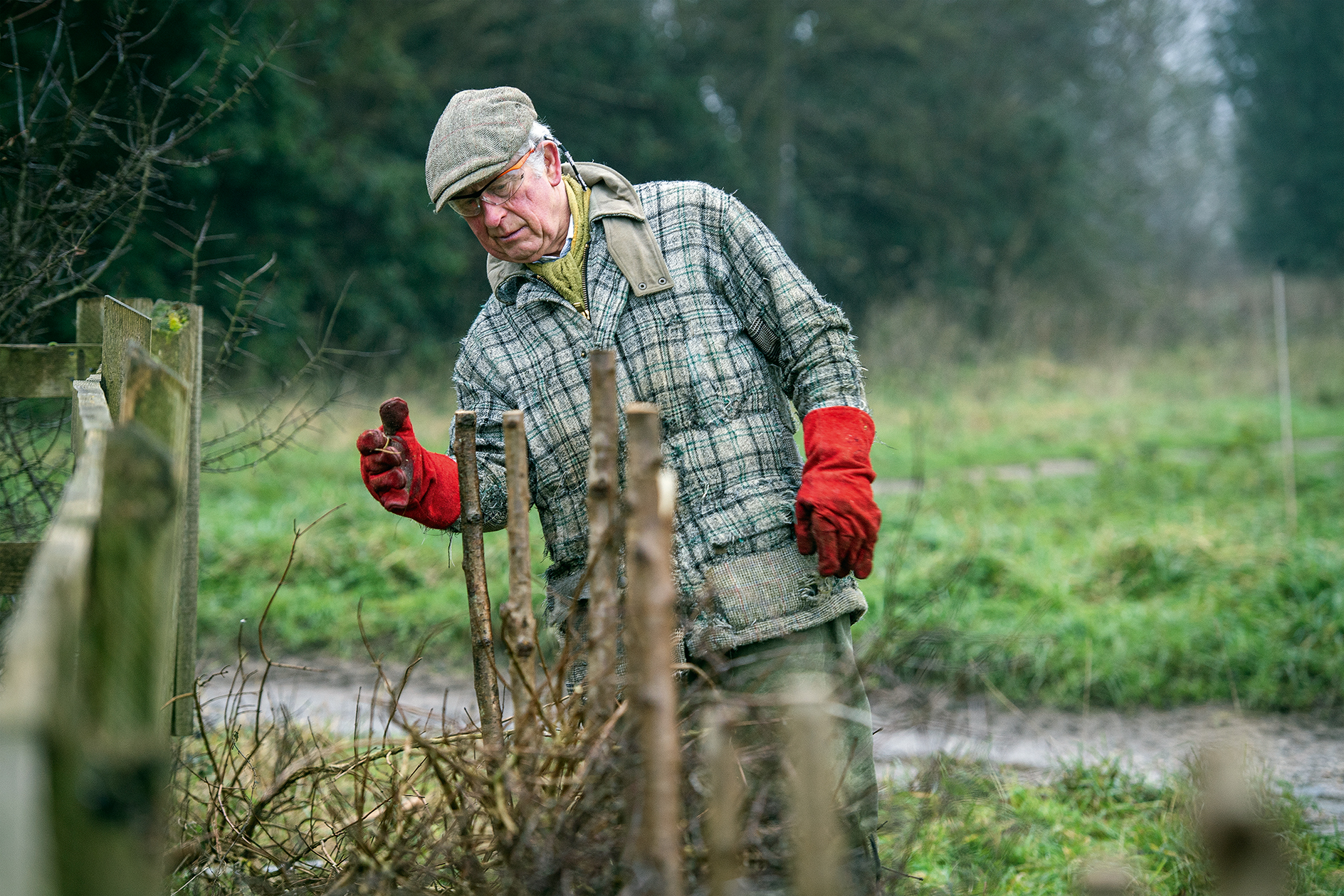
Charles III is no mere figurehead. In his current role, his opinions might not be so freely expressed, but, as Prince of Wales, he left no one in any doubt as to his passion for the environment, the wider landscape and gardens in particular. He was not a figure given to making hollow pronouncements; instead, he became actively involved in encouraging sound horticultural practice — I chaired one of several seminars he attended on plant health and have seen him in action at both local and national level, where, with The Prince’s Foundation and The Prince’s Countryside Fund, he makes a practical and positive contribution to the perception of horticulture in all areas of society.
This love of gardens and gardening is plain to see in the gardens he himself has created and the people whose guidance he has sought and whose skills he has championed. Never has the world of horticulture been so well represented by the Crown.
Windsor Castle, Buckingham Palace, Clarence House and the Palace of Holyroodhouse in Edinburgh are owned by the Crown. Sandringham House and estate in Norfolk, Balmoral Castle and estate in Aberdeenshire and the Castle of Mey in Caithness are the Sovereign’s residences, handed down from generation to generation. The King has added to these with Highgrove in Gloucestershire, owned by the Duchy of Cornwall and rented by The King, and Dumfries House in east Ayrshire, which owes its survival and development as a centre of horticultural excellence to The Prince’s Foundation.
Exquisite houses, the beauty of Nature, and how to get the most from your life, straight to your inbox.
Wherever he finds himself, The King’s involvement in the gardens and grounds of each of these properties is clear to see. New designs, new plantings and the involvement of skilled craftsmen and women are central to his life. As it does for most of us, the garden offers him solace from a frantic world, a chance to feel at one with Nature and to ensure the health and continued sustainability of the landscape.
Highgrove, Gloucestershire
The King acquired the 18th-century Highgrove House in 1980 and set about restoring it, together with the surrounding parkland and neglected walled garden, which is now a practical and ornamental kitchen garden. It was here that he brought up his family and it remains for him a sanctuary within relatively easy reach of London. He took advice from Miriam Rothschild in creating a wildflower meadow — forerunner of the Coronation Meadows he famously championed to celebrate the 60th anniversary of Elizabeth II’s coronation, in 2013.
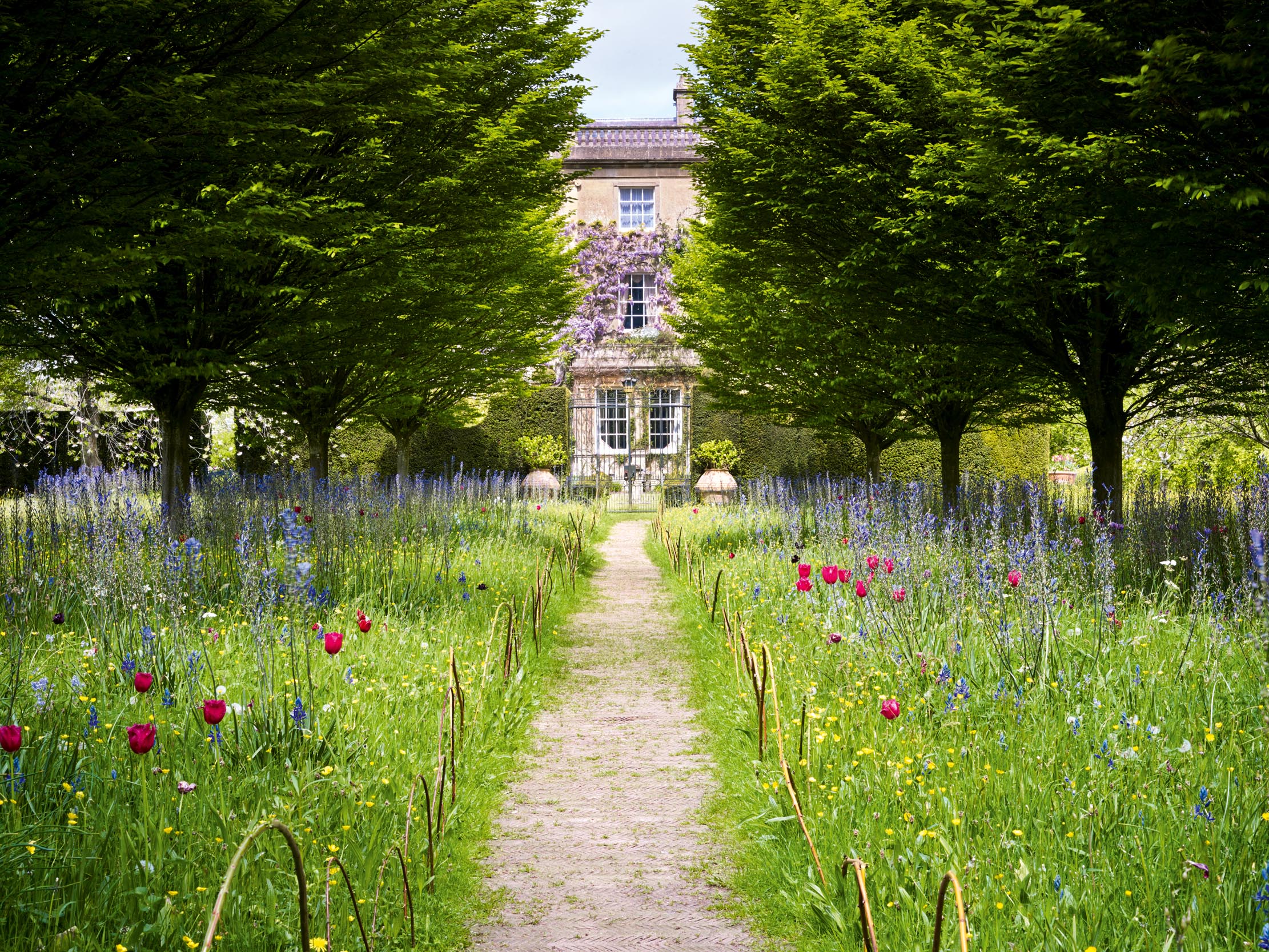
The late Mollie, Lady Salisbury and Sir Roy Strong also had a hand in the design of the 15 acres of gardens and Julian and Isabel Bannerman made an important contribution with their imaginative and romantic garden structures crafted from timber and stone. Organic growing features in all The King’s gardens and estates — a belief in those old-fashioned tenets of ‘husbandry’ and ‘stewardship’ that seem so often to be neglected in today’s quick-fix world.
Birkhall, Aberdeenshire
Situated close to Balmoral Castle, Birkhall has been used by The King since the death of his grandmother Queen Elizabeth. Given to their son Edward by Queen Victoria and Prince Albert in 1852, that particular Prince of Wales visited it only once before opting for the more spacious accommodation of nearby Abergeldie Castle. Birkhall remains the favoured residence of The King and Queen, in preference to Balmoral Castle itself, and, having visited the gardens there, I can see why. ‘It is,’ says The King, ‘such a special place, particularly because it was made by my grandmother. It is a childhood garden and all I’ve done, really, is enhance it a bit.’
The claim is modest, for this is a garden not preserved in aspic, but vibrant and lively, running down a south-facing slope from the house towards the foaming waters of the River Muick, a tributary of the Dee. Birkhall is 600ft above sea level and, more than once, the waters of the Muick have wreaked havoc with the lower part of the garden, washing away a bridge and carrying beds and borders with it. ‘The river is the magic,’ says The King, knowing that it can also prove its nemesis.
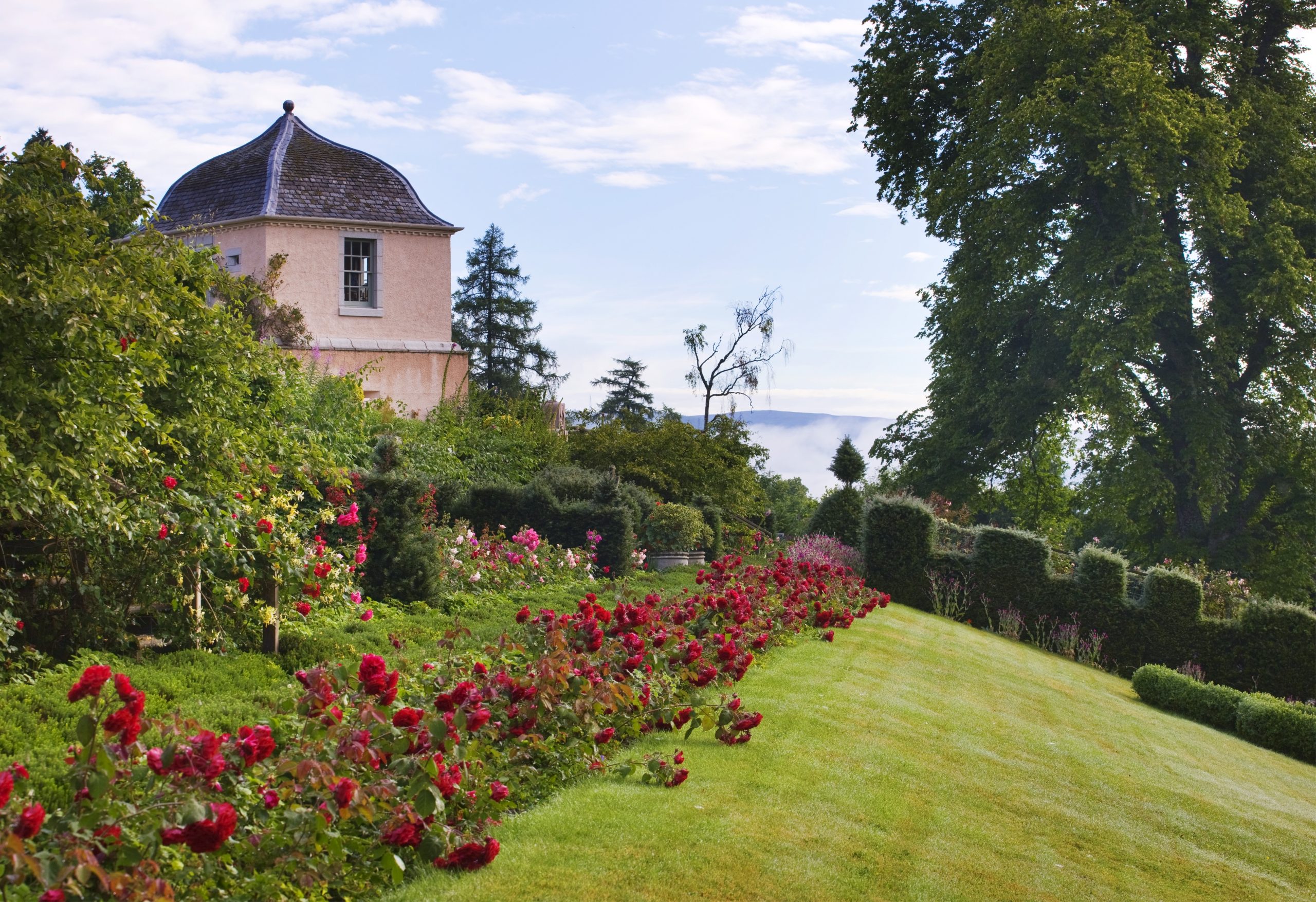
The overwhelming feeling at Birkhall is of seclusion — a garden embraced by woodland — but by no means dark and drear. Twin borders on either side of the central path that descends to the river were planted at the time of my visit in July with a brilliant mixture of annual clary — Salvia horminum — in shades of pink and purple. The Bell Garden, named for its overall shape, includes beds of fruit and vegetables, as well as flowers. Ducks waddle among them, helping to keep down slugs and snails and excluded from sensitive areas with strategically placed netting. Red squirrels have been known to come into The King’s home and rifle jacket pockets for nuts in his study. It is easy to see why this Scottish garden means so much to him.
Dumfries House, Ayrshire
Undoubtedly the then Prince of Wales’s most impressive horticultural creation, Dumfries House — and its rare collection of Chippendale furniture — was rescued for the nation in 2007 for the princely sum of £45 million (£20 million of which came from The King’s own charitable trust). When I toured the house and its five-acre walled garden with him in 2011, it was derelict, nothing more than an overgrown wilderness. A battalion of local people followed us, no doubt as daunted as I was by the sight of this overgrown and untamed jungle of brambles and couch grass.
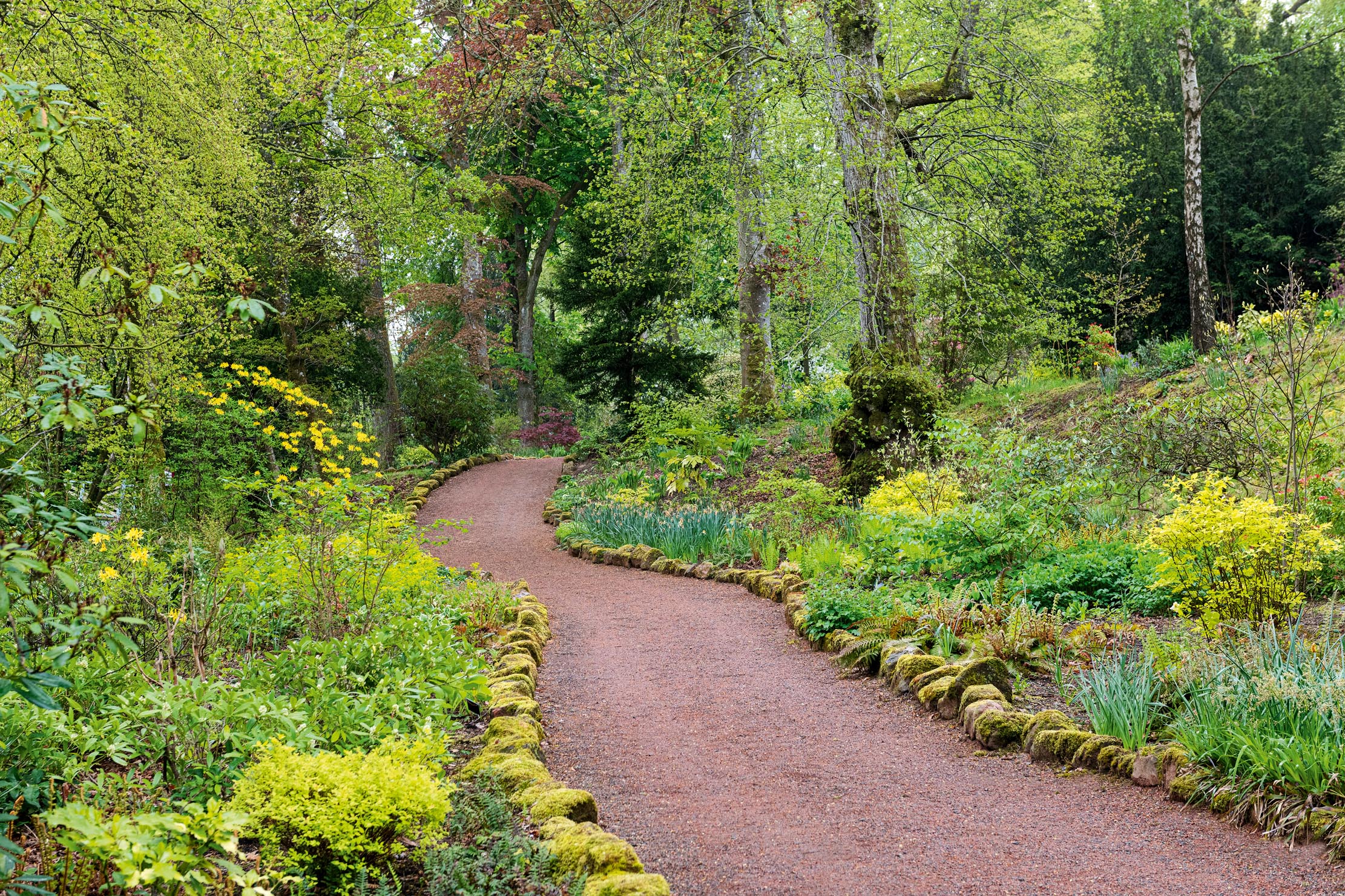
As does the garden at Birkhall, the land here slopes steeply to the south, which makes working the ground doubly difficult. Yet, only three years later, in 2014, a glorious garden was opened by the Queen and both the garden and the estate have, in the nine years since then, become established as a beacon of excellence, as well as a valued local employer. Administered by The Great Steward of Scotland’s Dumfries House Trust, the estate not only hosts a drawing school and courses, offering all kinds of instruction in skills as varied as textiles, hospitality, health and wellbeing, the built environment and building arts, but also in horticulture — the vital knowledge of growing skills.
Greenhouses run along the walls at the top of the garden and, beyond its confines a large arboretum with a lake has been established. Seeing the joie de vivre of those taking part in nurturing Dumfries and learning from its many schools of knowledge is an uplifting and enriching experience for individuals, but also for the local economy and the surrounding landscape.

The Castle of Mey, Caithness
Beloved of his grandmother, the walled garden of the Castle of Mey is enjoyed by The King as a summer bolthole during August. Of all his gardens, it is the most remote and the one most exposed to the elements.

Within its high walls of pinkish local stone grow beds of roses, fruit and vegetables, further protected by a network of hedges. From here, The King can see Orkney across the Pentland Firth, make an excursion to the now deserted island of Stroma and paint and relax in the most down to earth of all his gardens.
Sandringham House, Norfolk
Already this year, The King has initiated the construction of a formal Topiary Garden on the west lawn at Sandringham. He recalls visiting the house as a child and encountering ‘the most wonderful topiary garden Queen Alexandra, my great-great-grandmother, had established at the old dairy building. I can still remember being taken as a child, being wheeled in my pram even, and it was so special, these clipped animal shapes, peacocks, birds. I’ve never forgotten it. I would say it had a profound influence on me’.

More than 5,000 yews and 4,000 herbaceous perennials and bulbs will go into the new ‘climate and insect-friendly’ topiary garden. It will add enormously to the landscape on the west side of the house, hitherto rather plain.
If anyone doubted The King’s professed belief in the power of Nature and his urging of our need to cherish our landscape and hand it on in good heart to those who come after us, they need only take a look at his gardens. Their very existence and the way in which they are managed prove the sincerity of the man and underlines the fact that they are in the most capable of hands.
Alan Titchmarsh is a gardener, writer, novelist and broadcaster.
